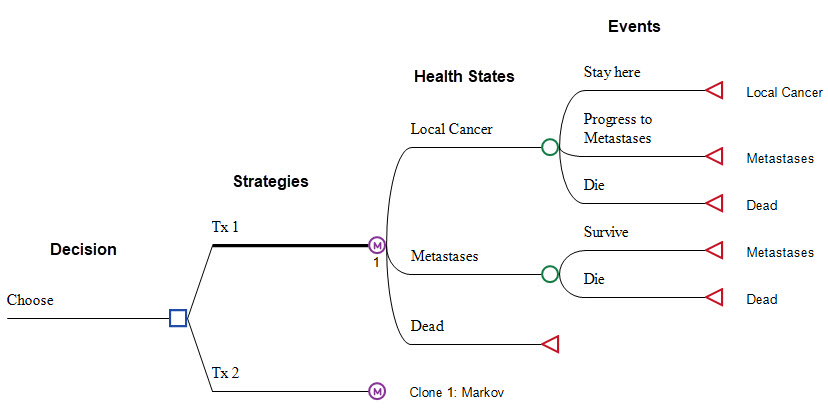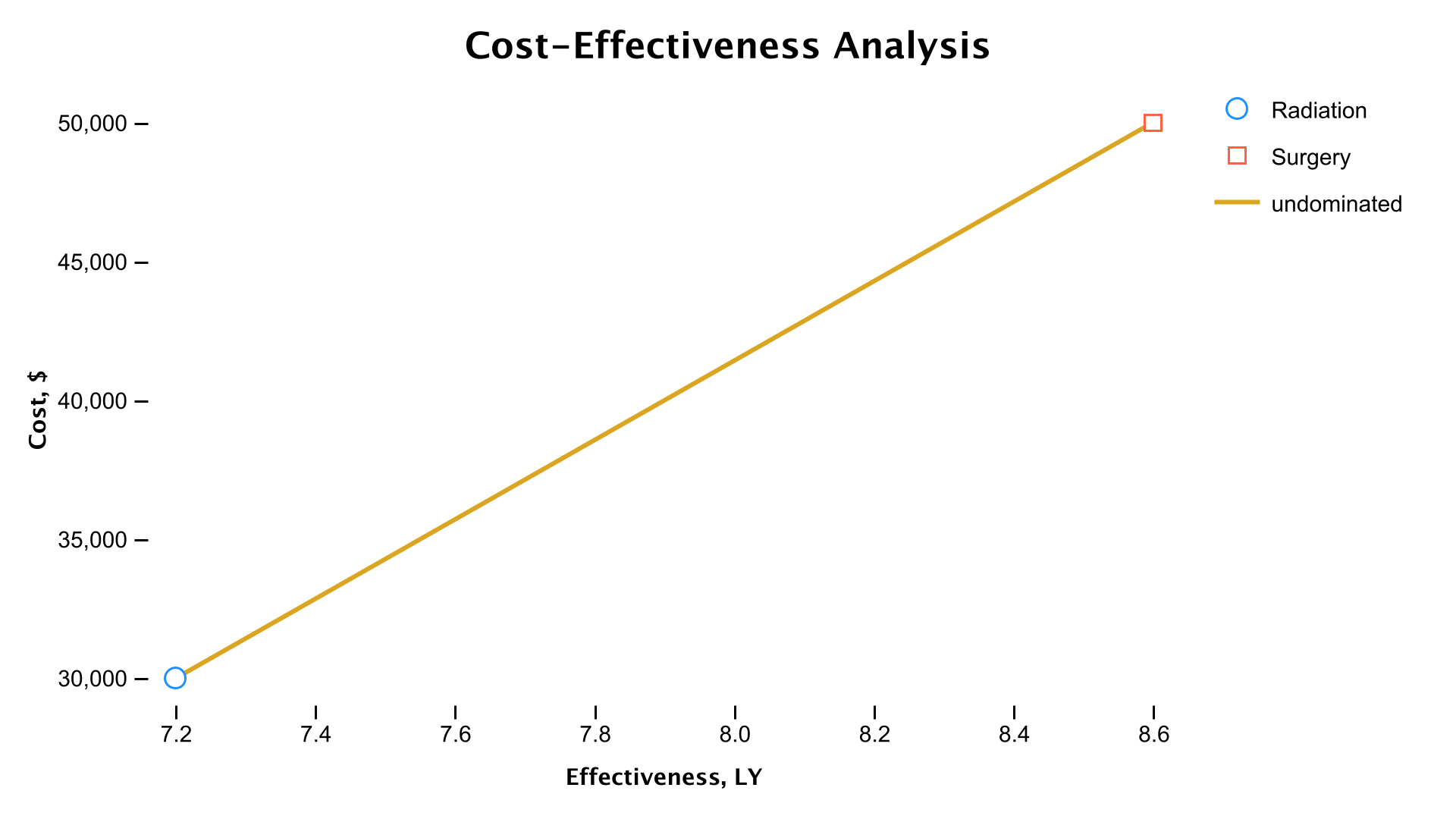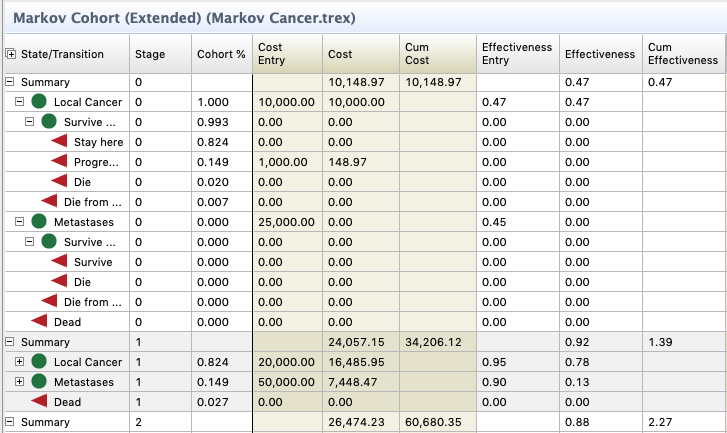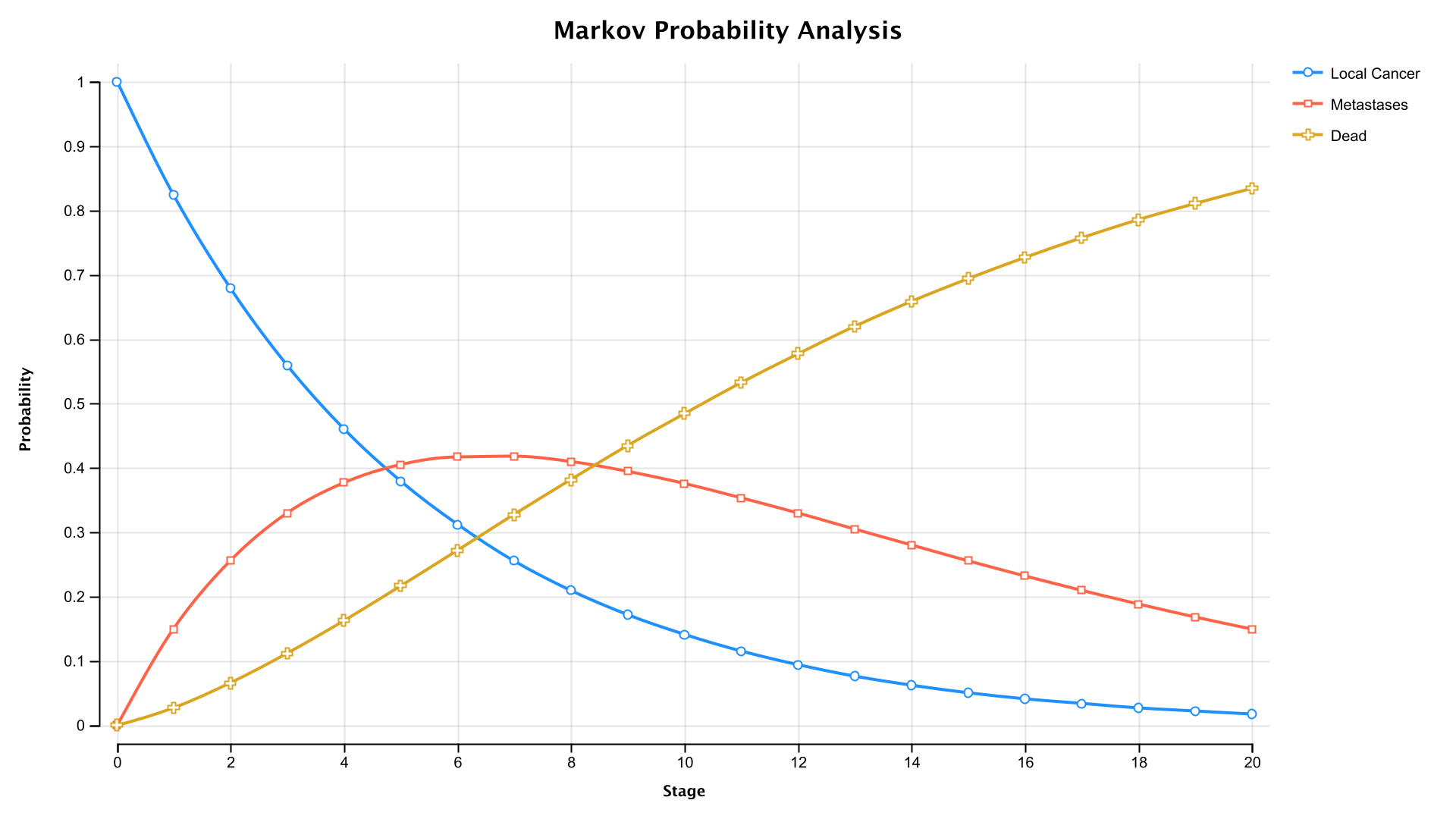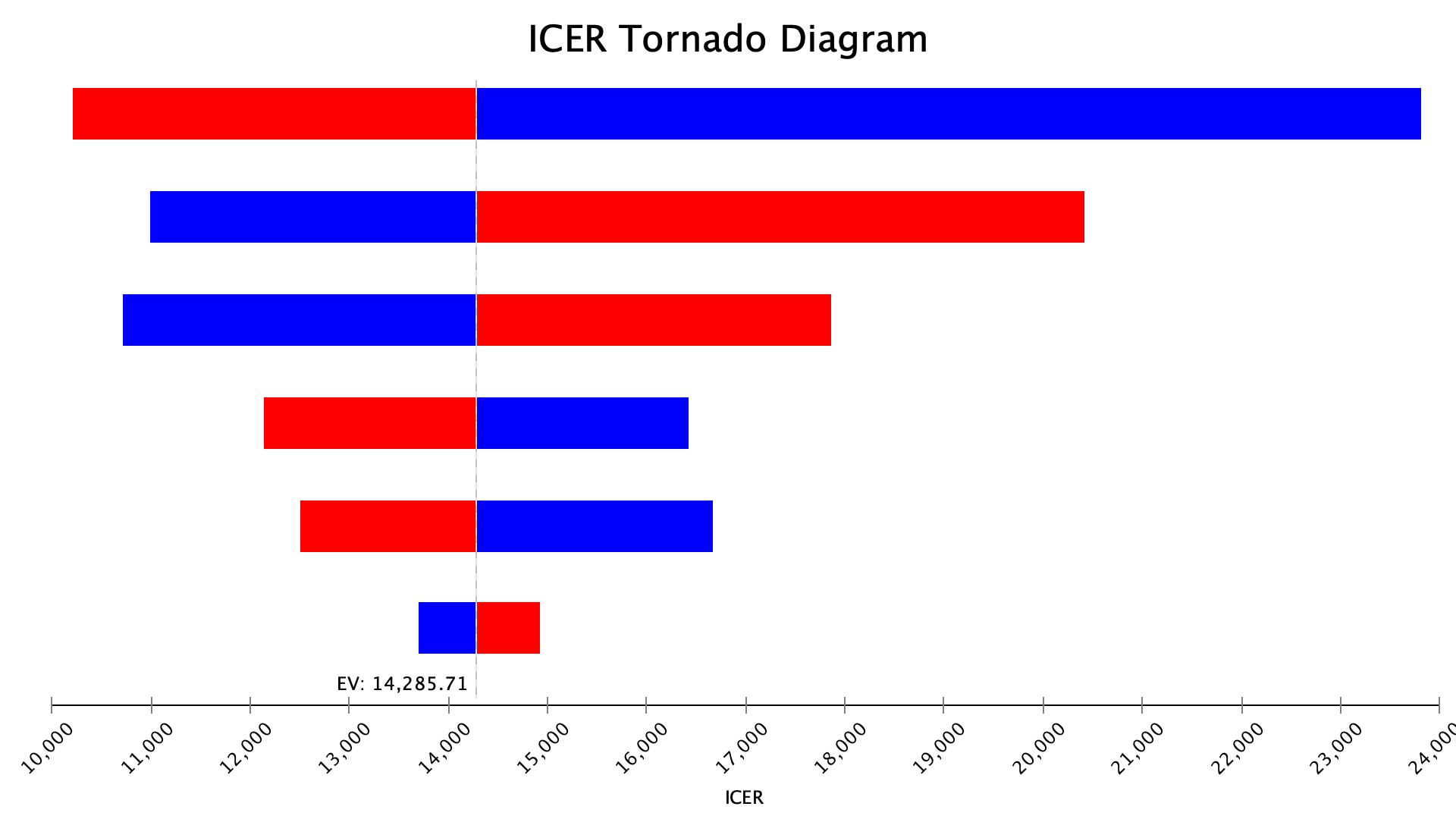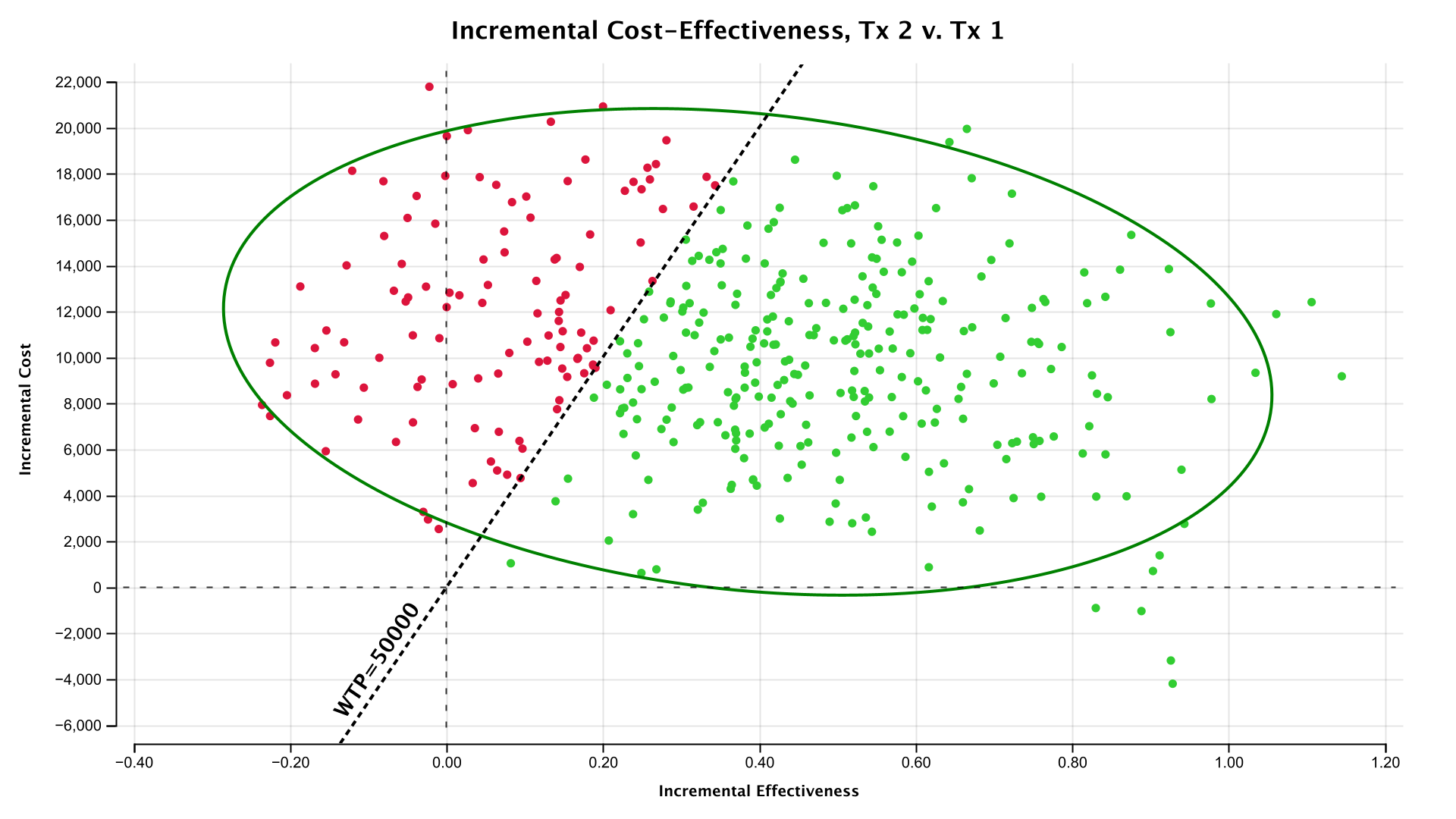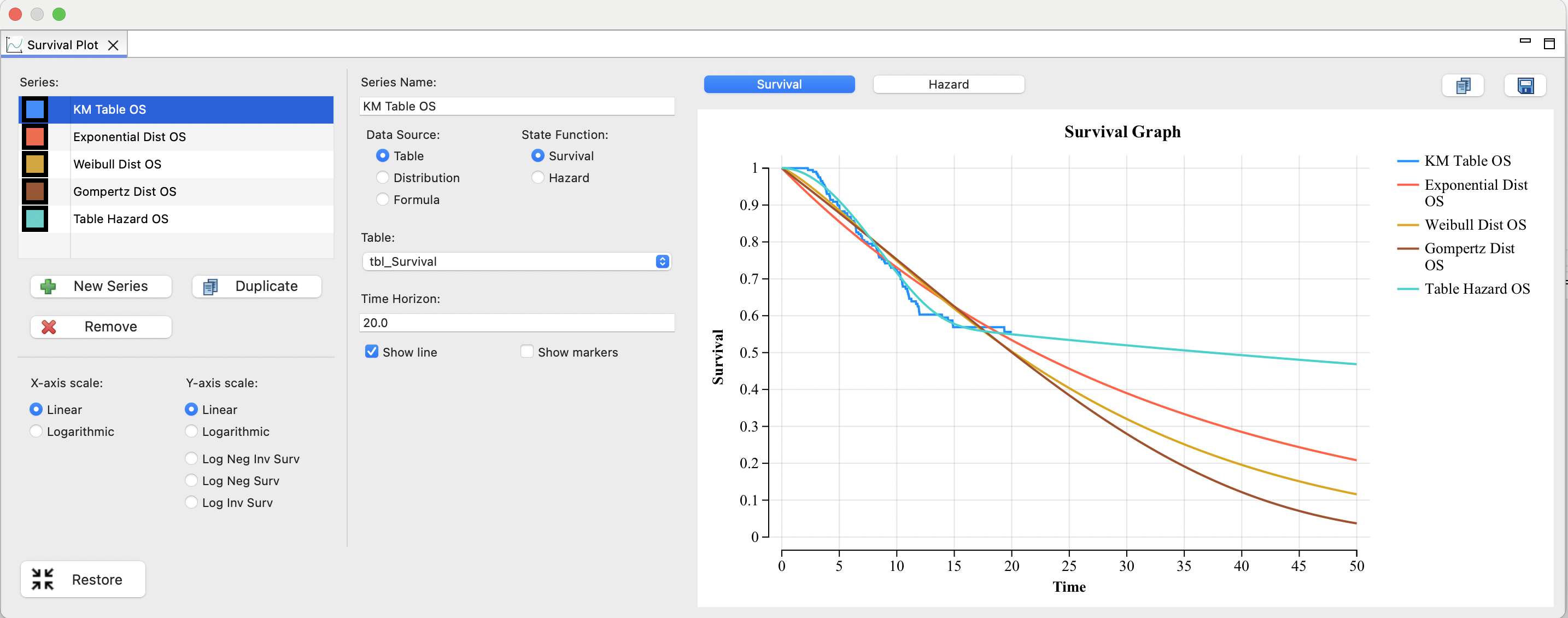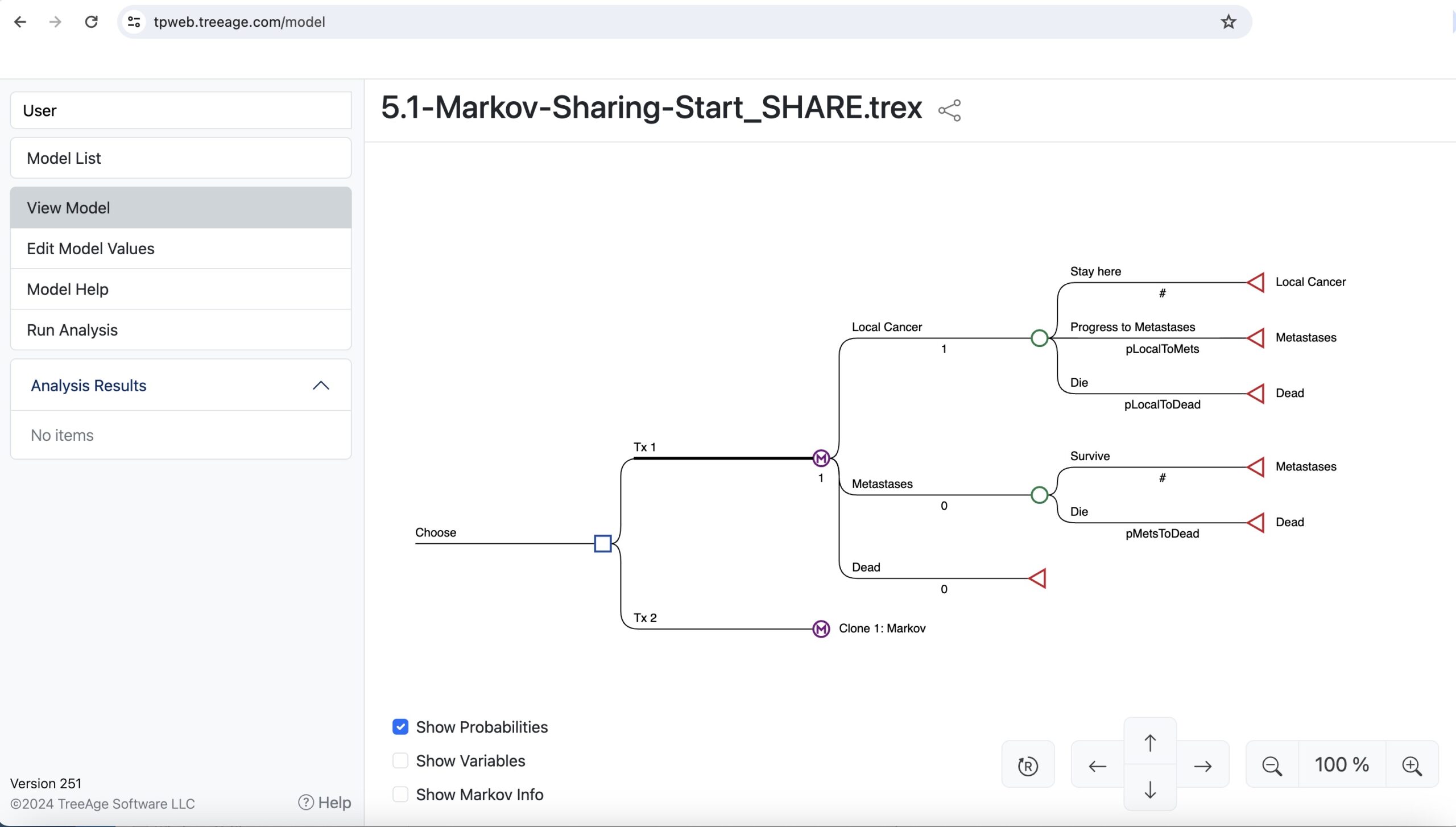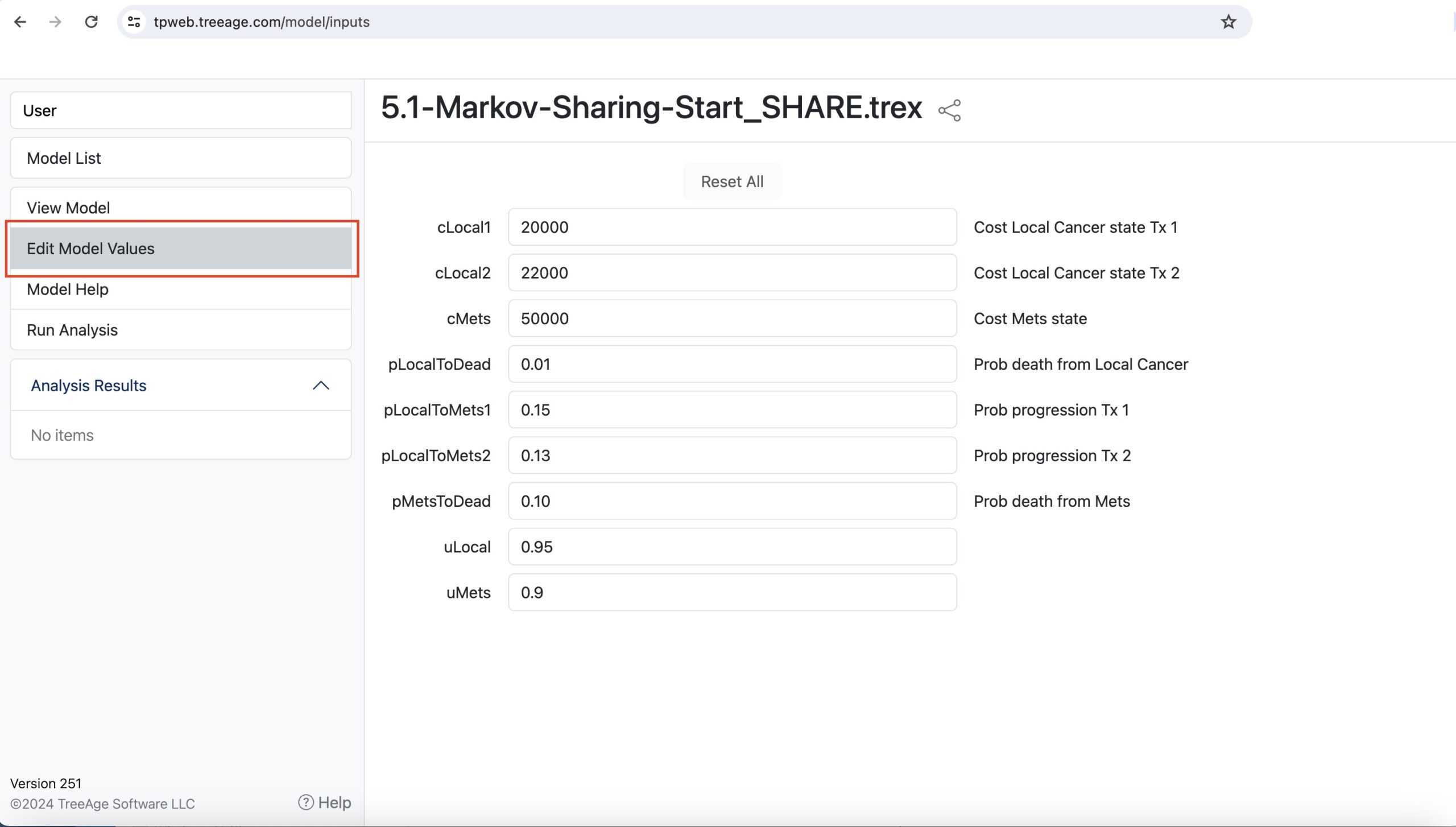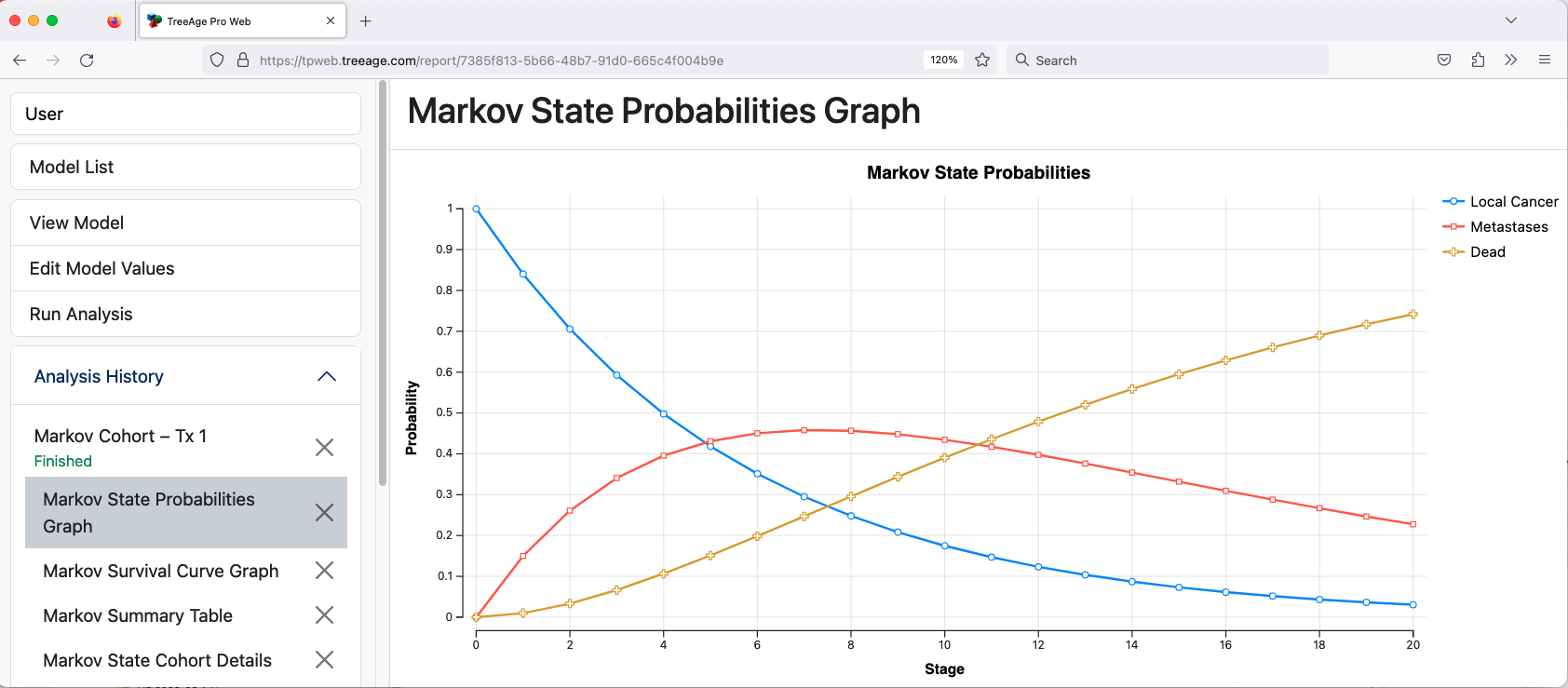Health Economic Modeling with TreeAge Pro
Build healthcare models to evaluate treatment/diagnosis strategies.
TreeAge Pro is the premier health economic modeling tool you need to quickly build models to make better healthcare policy decisions.
- Create models quickly and easily with the flexible and robust visual modeling framework.
- Analyze your model with the built-in calculation engine. No coding required!
- Run the comprehensive set of analysis and reporting tools to visualize, validate, and calibrate your model and generate results.
- Present your results with hi-res exported images and share models over the web.
- Get expert modeling support from TreeAge’s friendly and knowledgeable team.
Visual Model Editor
- Build your model quickly with model-building wizards.
- Refine your patient pathways in the visual model editor.
- Review and validate your visual model with colleagues.
Robust Modeling Framework
- Build many model types in the consistent and flexible framework.
- Markov, Partitioned Survival, Patient Simulation, Discrete Event.
- Generate common analysis and reporting for all model types.
Built-in Analysis Tools
- Analyze your model with a comprehensive suite of built-in analyses and reports – Cost-Effectiveness, Cohort Analysis, Sensitivity Analysis & more.
- Calculations automatically follow your model design – No coding required!
- Cost-Effectiveness, Markov Cohort Trace, Sensitivity Analysis, Probabilistic Sensitivity Analysis & more.
Accuracy & Transparency
- Validate and calibrate your models with sophisticated visualization tools to build more accurate models.
- Check your results with extensive reporting for full transparency.
Share Your Results
- Export images of models and graphs with a few easy steps.
- Share your model over the web, so colleagues can review your model and run analyses.
Build Models Quickly with TreeAge Pro
- Add your strategies
- Build patient pathways visually
- Enter and reference inputs
- Analyses with a single click
TreeAge Pro Grows With You
- TreeAge Pro provides advanced healthcare modeling tools for our complex health economic research projects.
Why Build Health Economic Models?
With limited budgets, it is critical for healthcare decisions to be made rationally. Health economic models quantitatively represent health decisions by assessing all available strategies with respect to both healthcare costs and health outcomes.
TreeAge Pro’s model-building wizards and visual editor makes it easy to build models. Built-in cost-effectiveness analysis and other analysis tools help you assess whether a new treatment provides sufficiently better health outcomes to justify its cost based on the Incremental Cost-Effectiveness Ratio (ICER).



